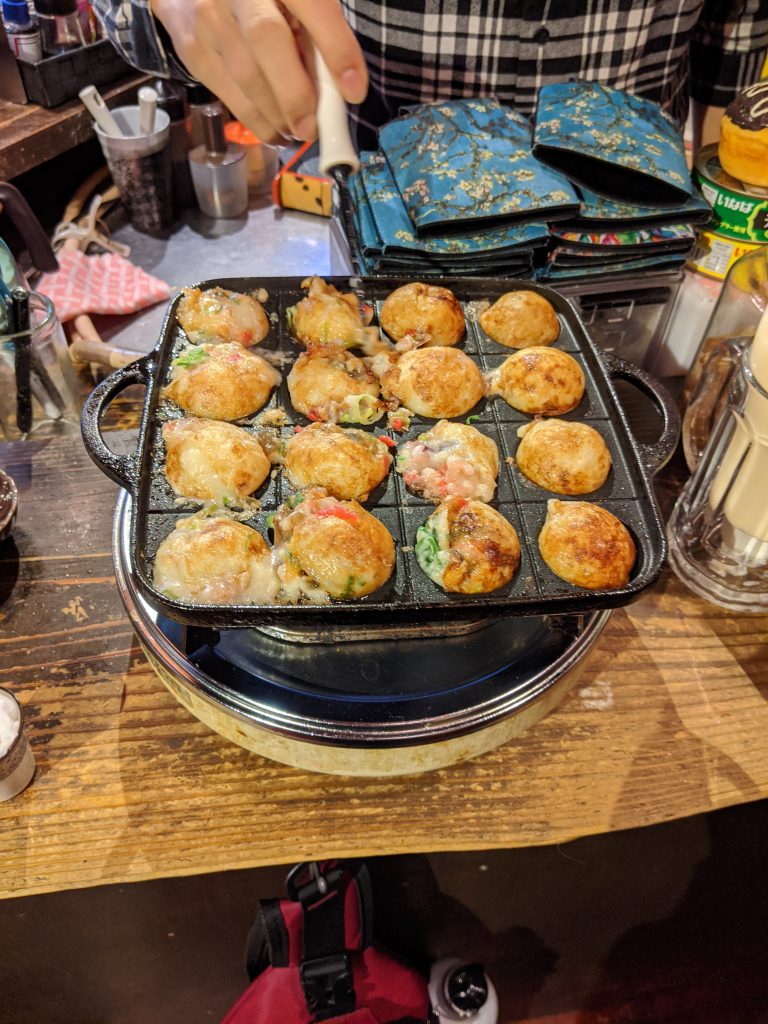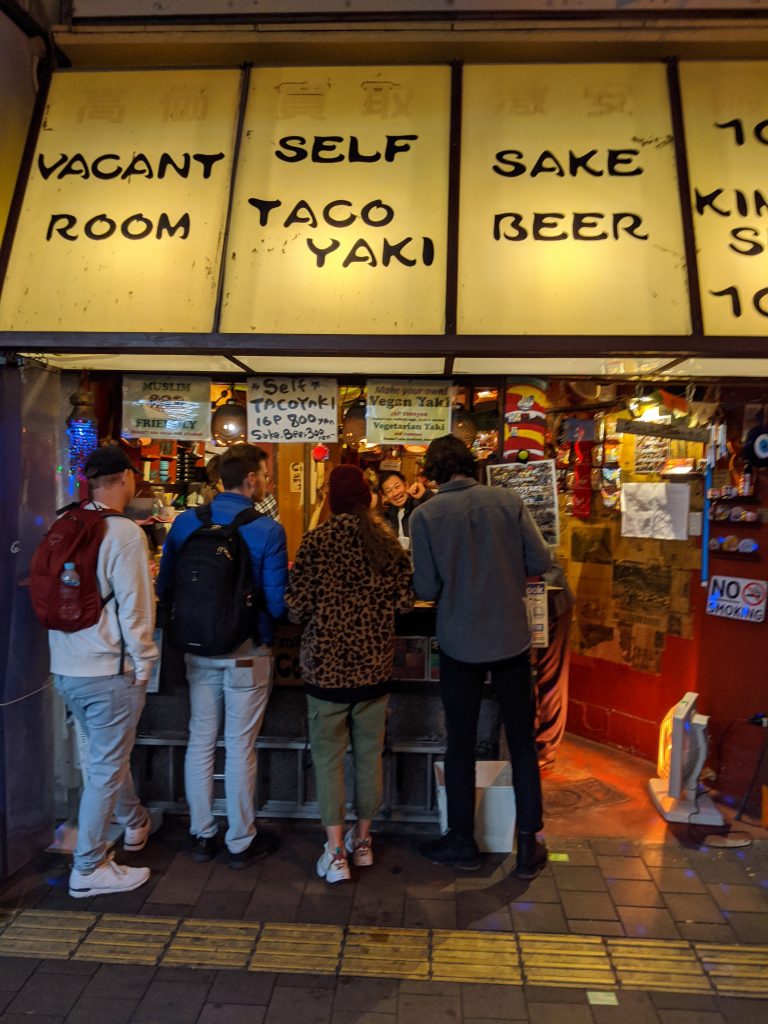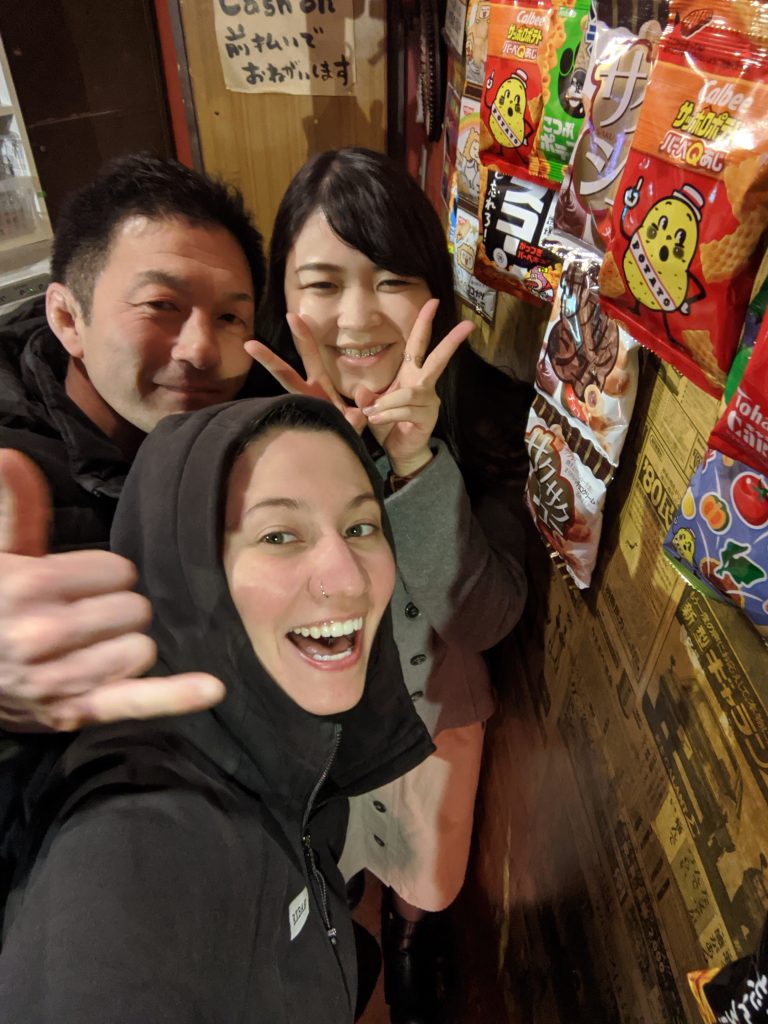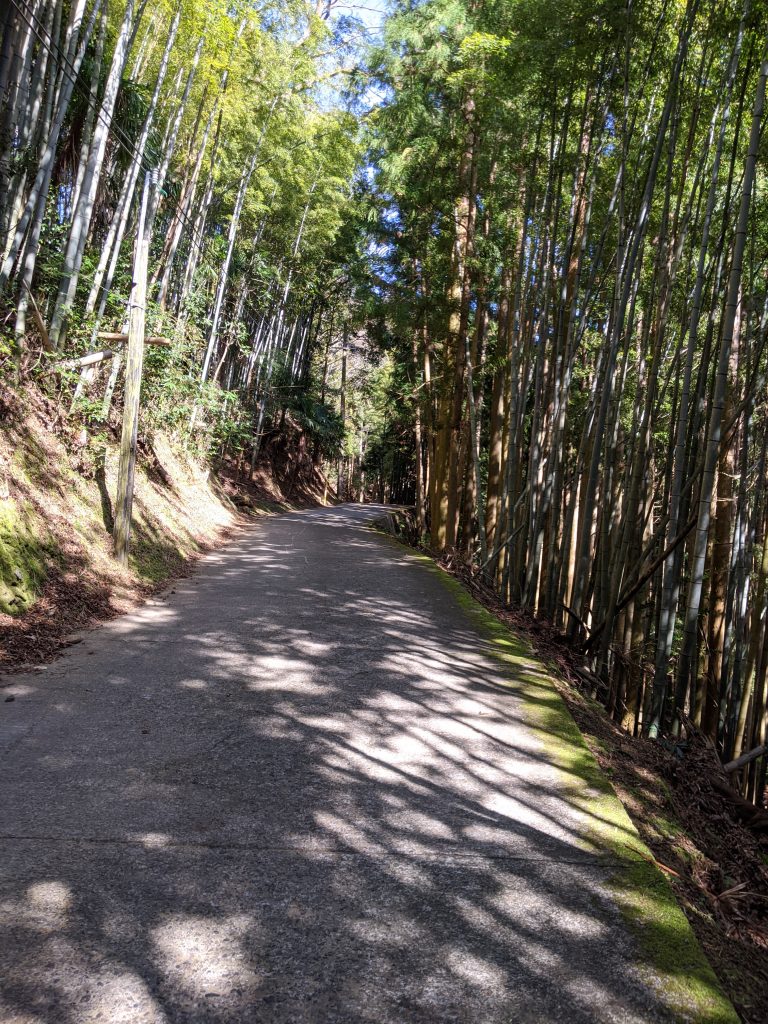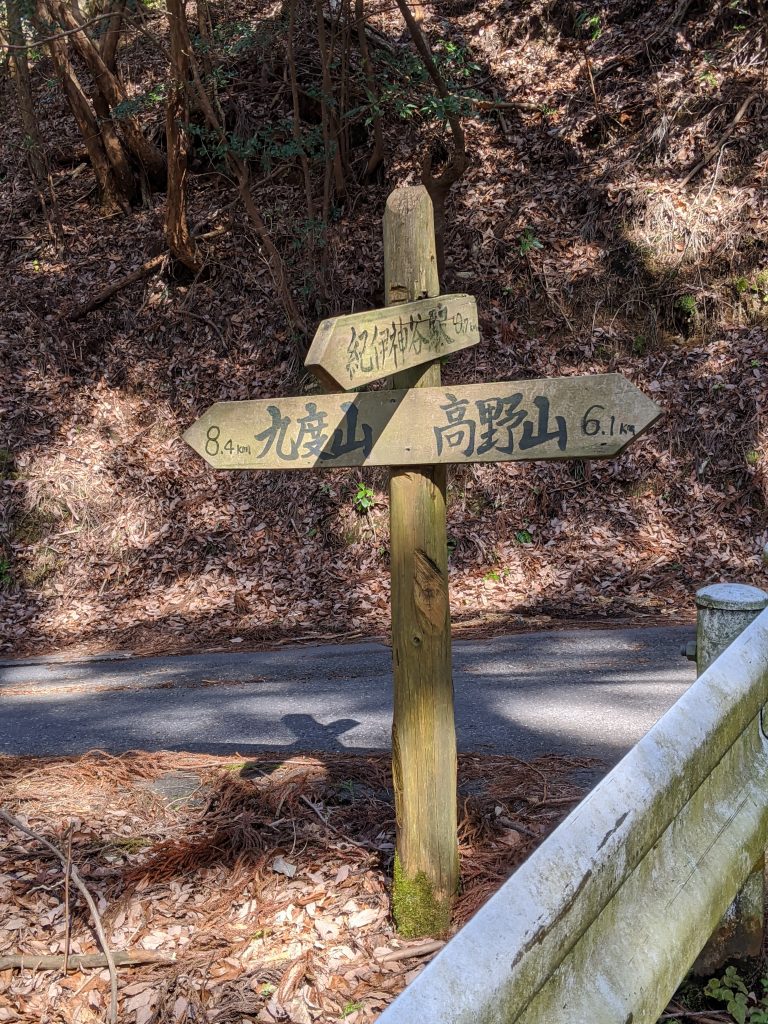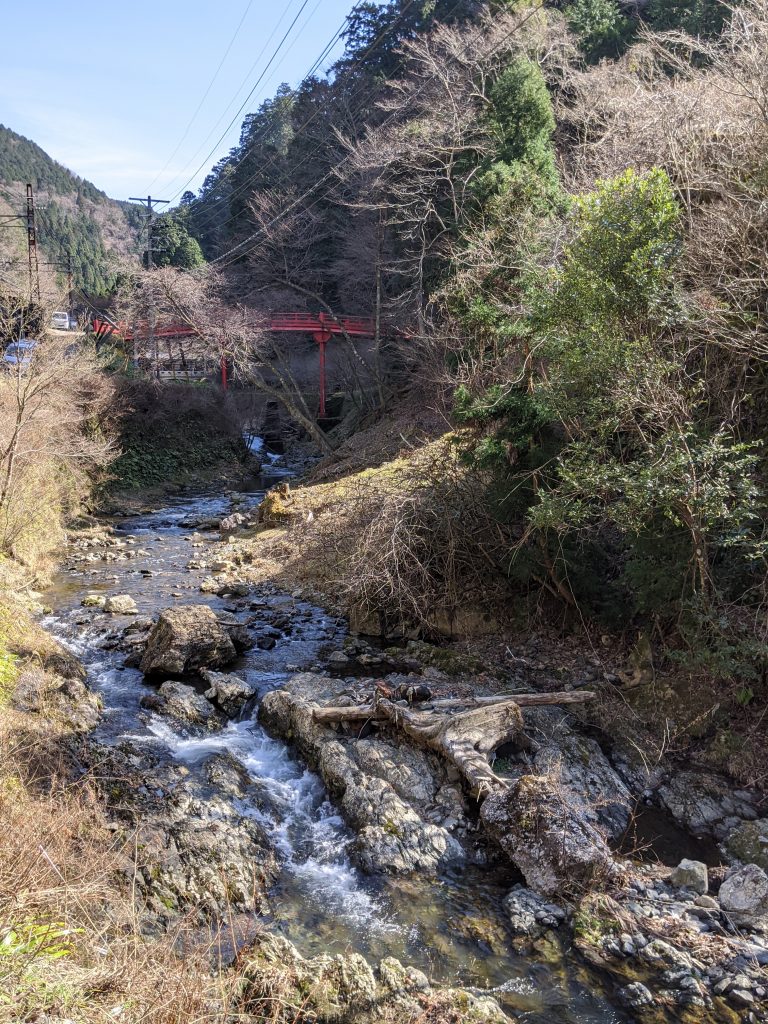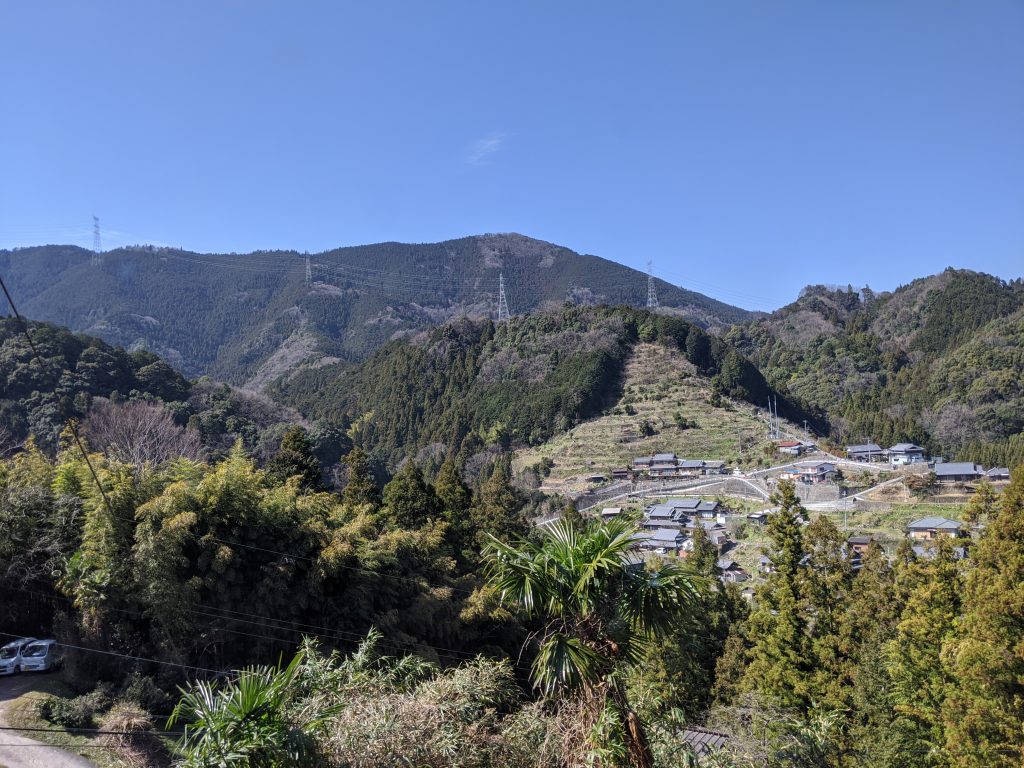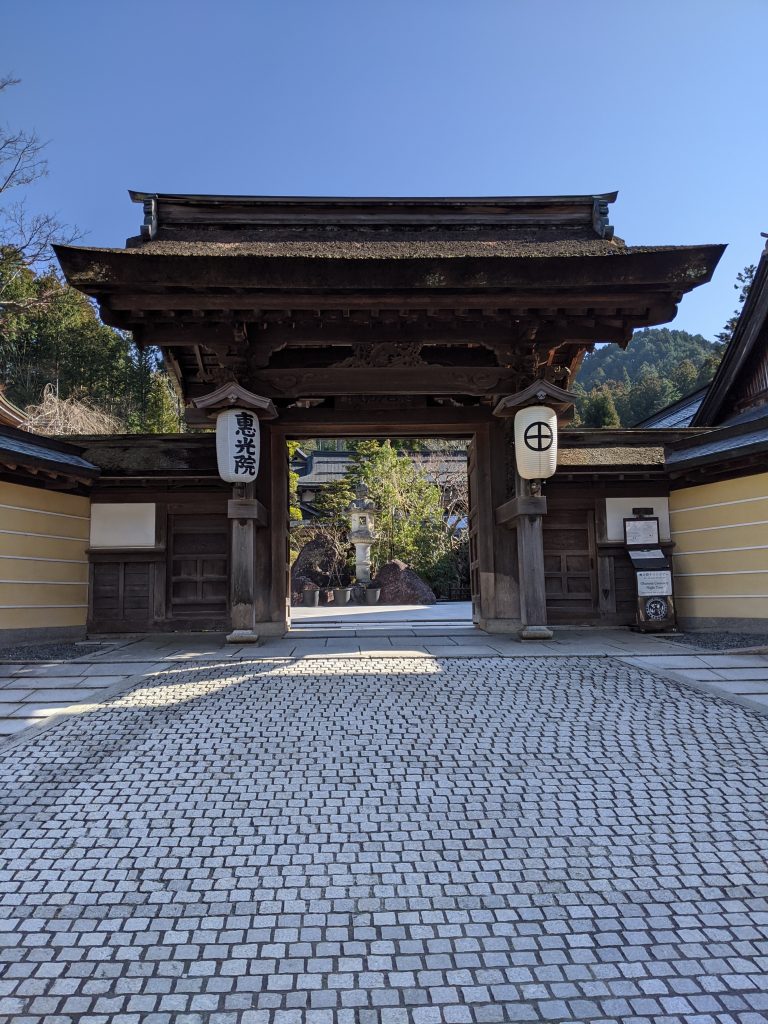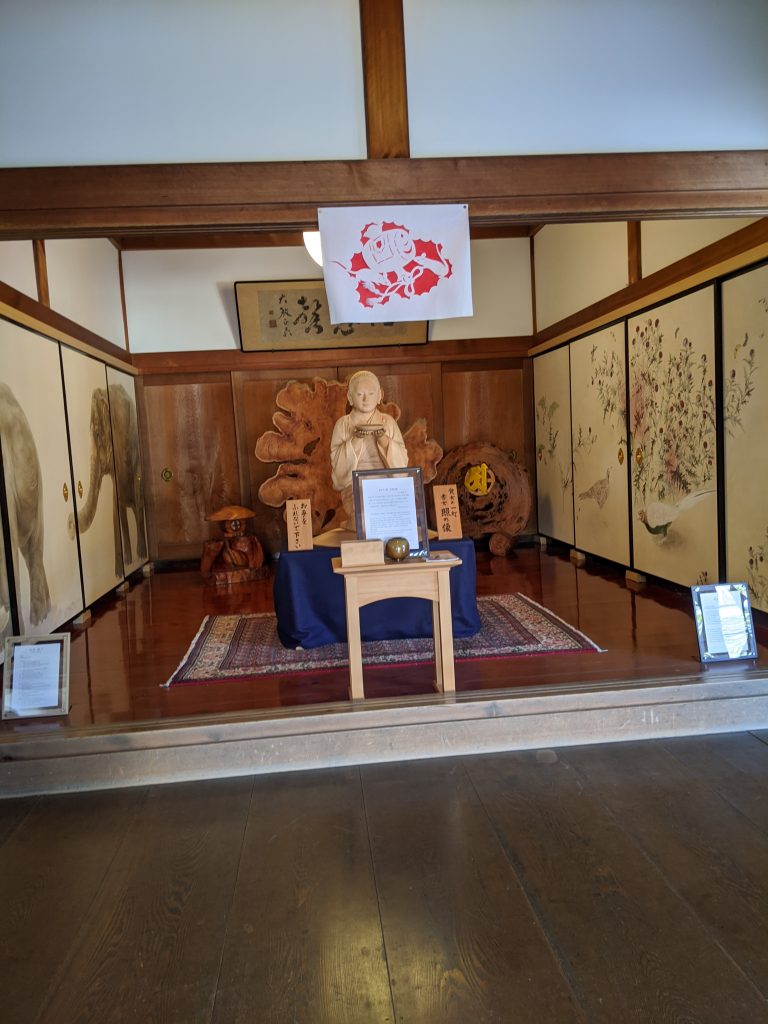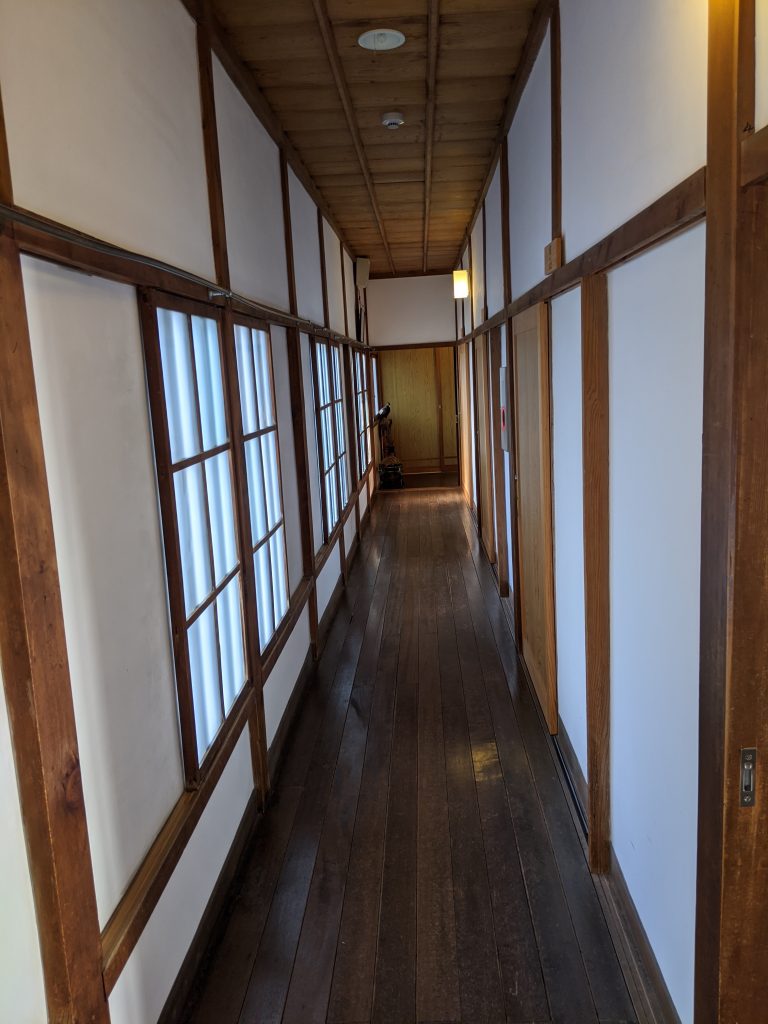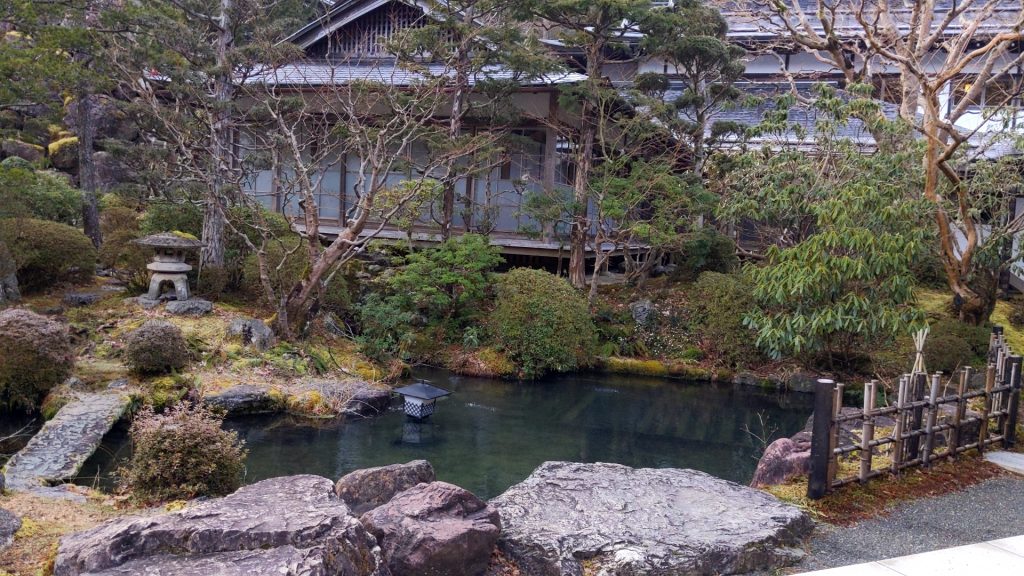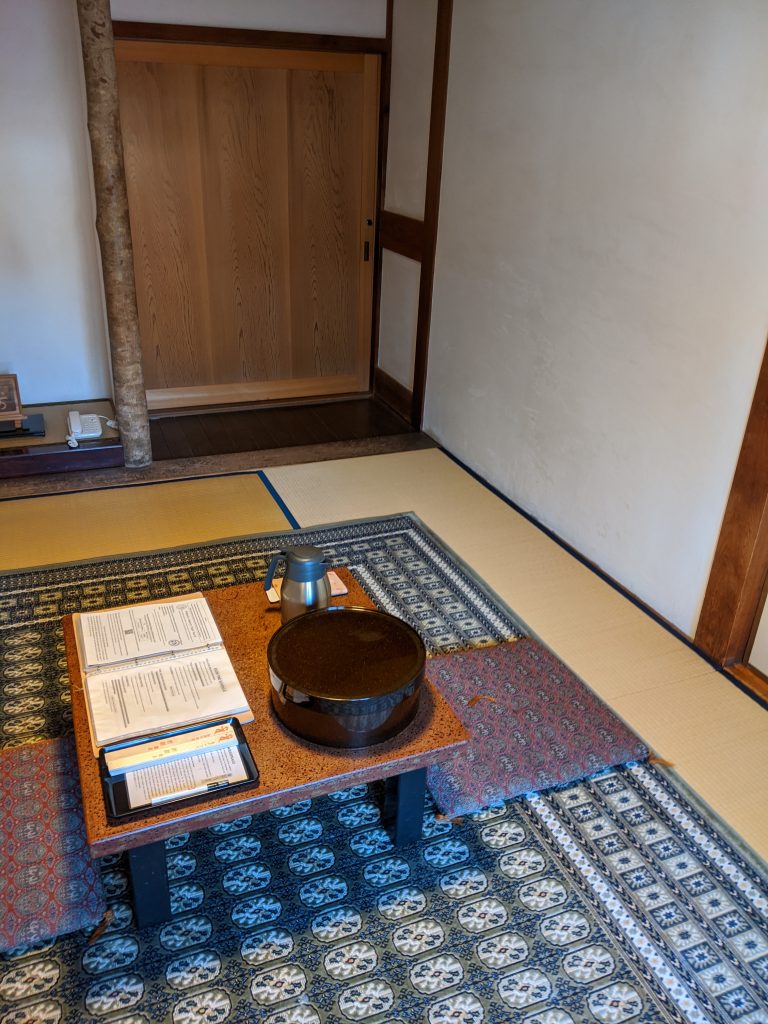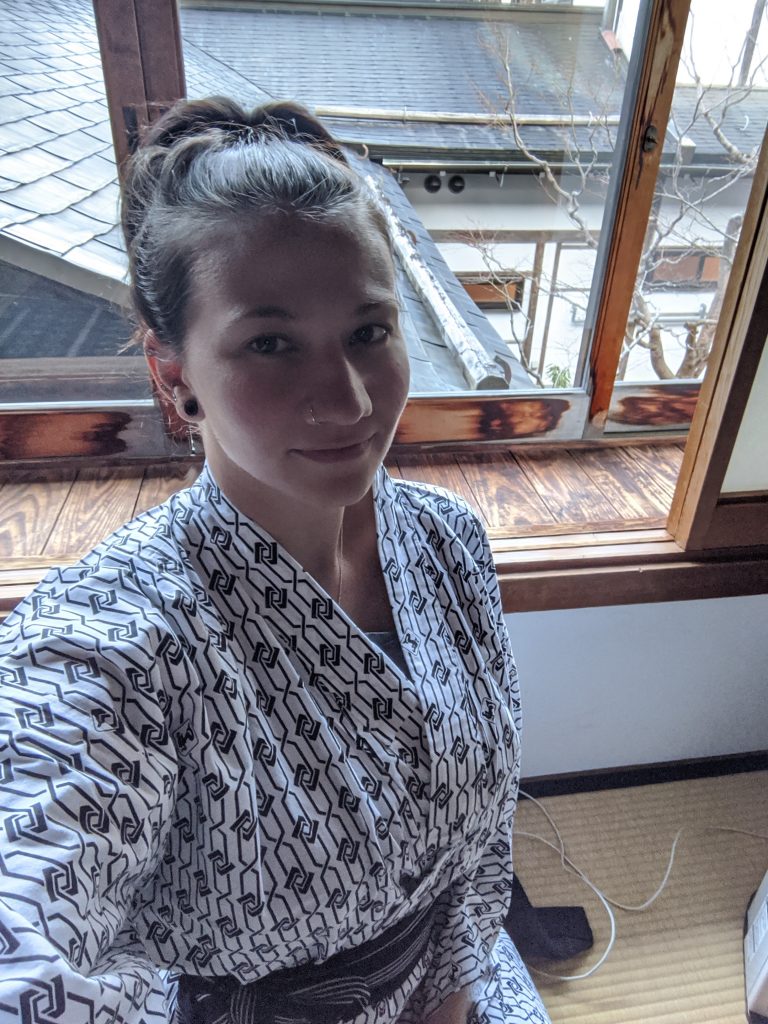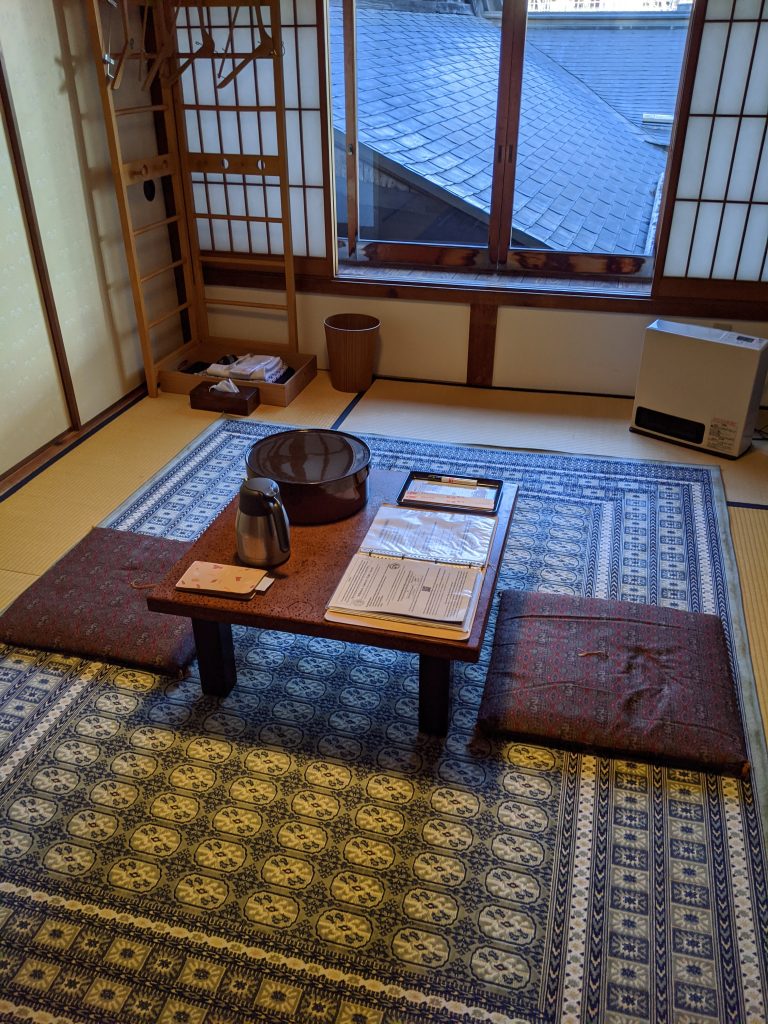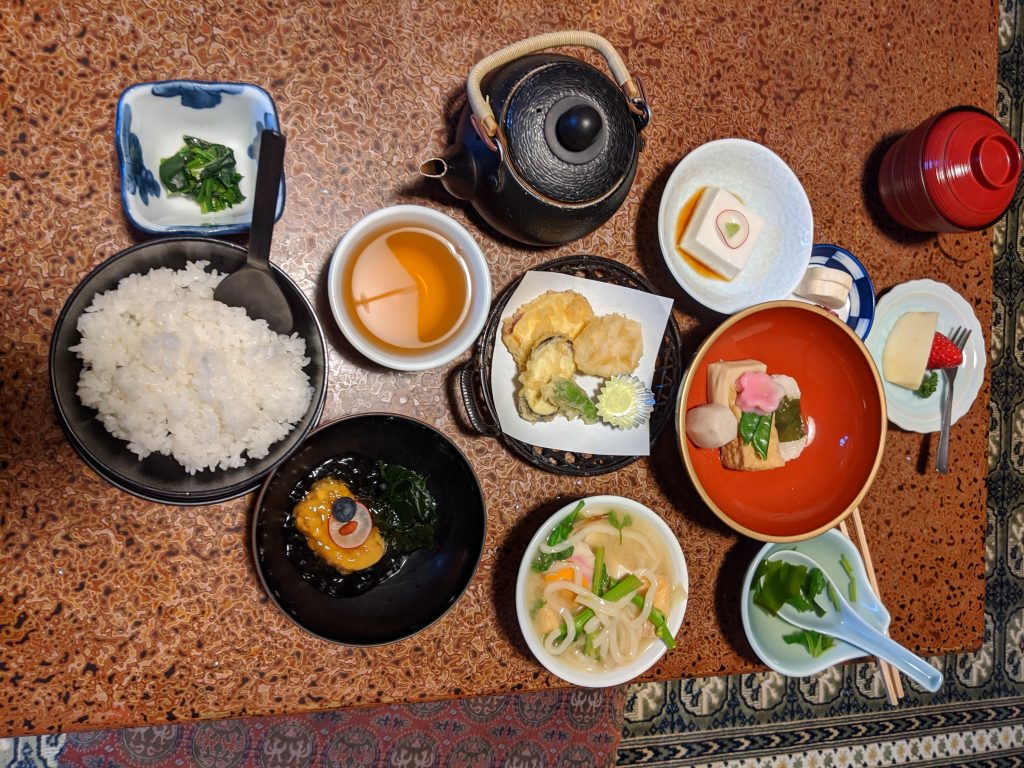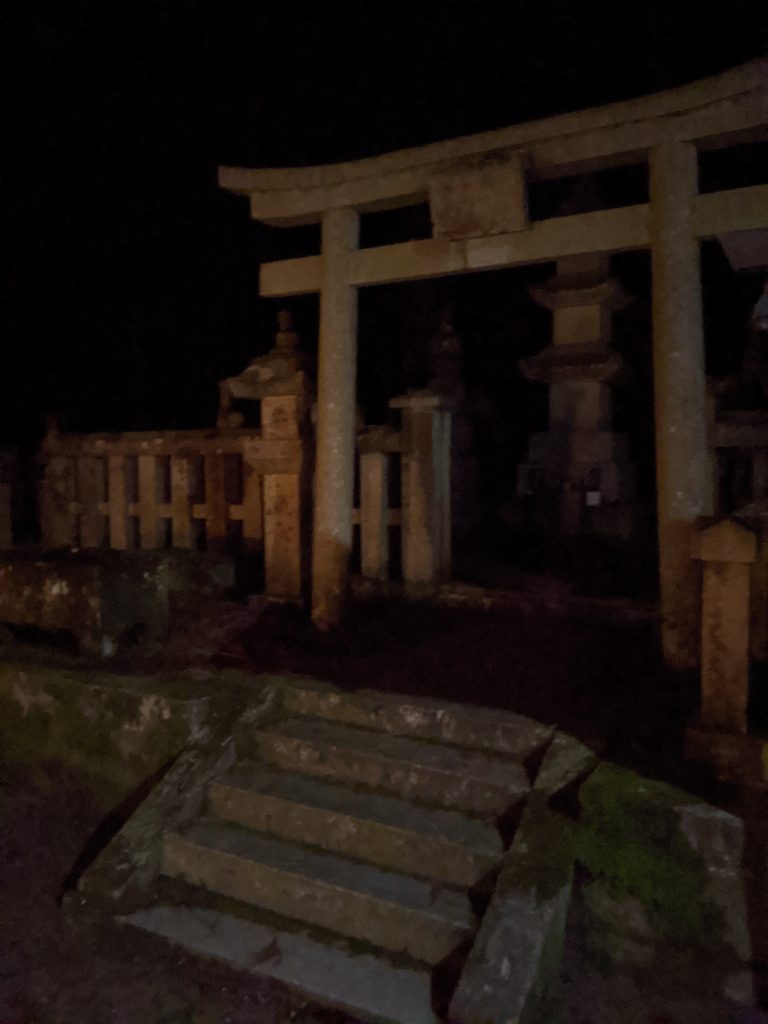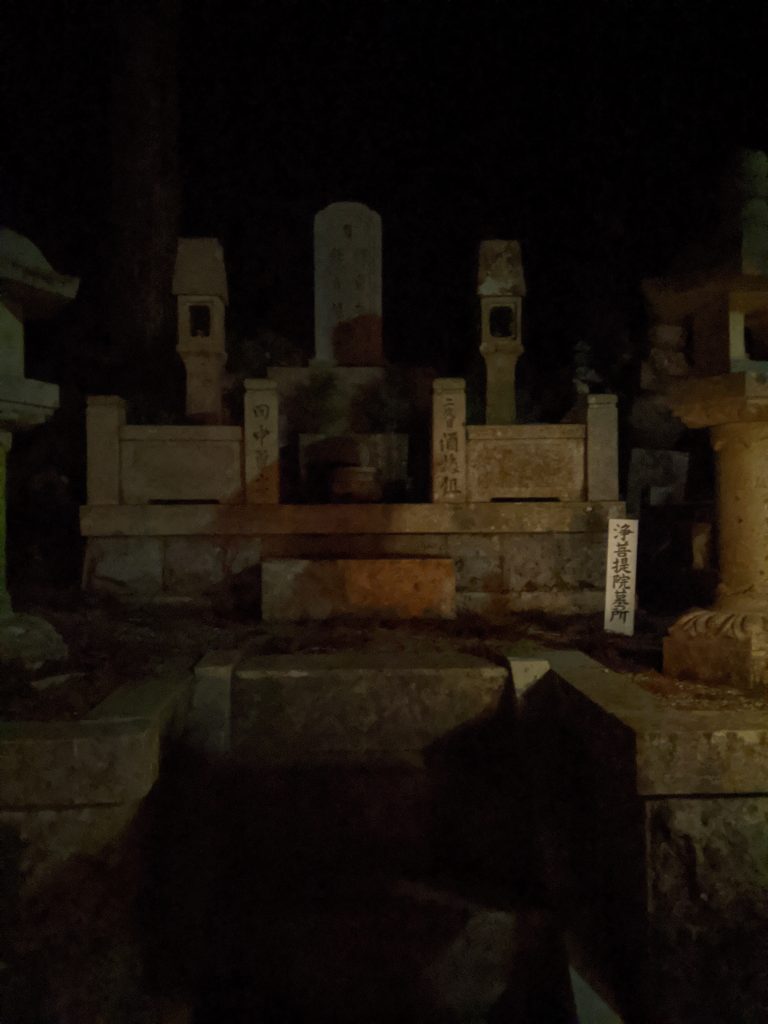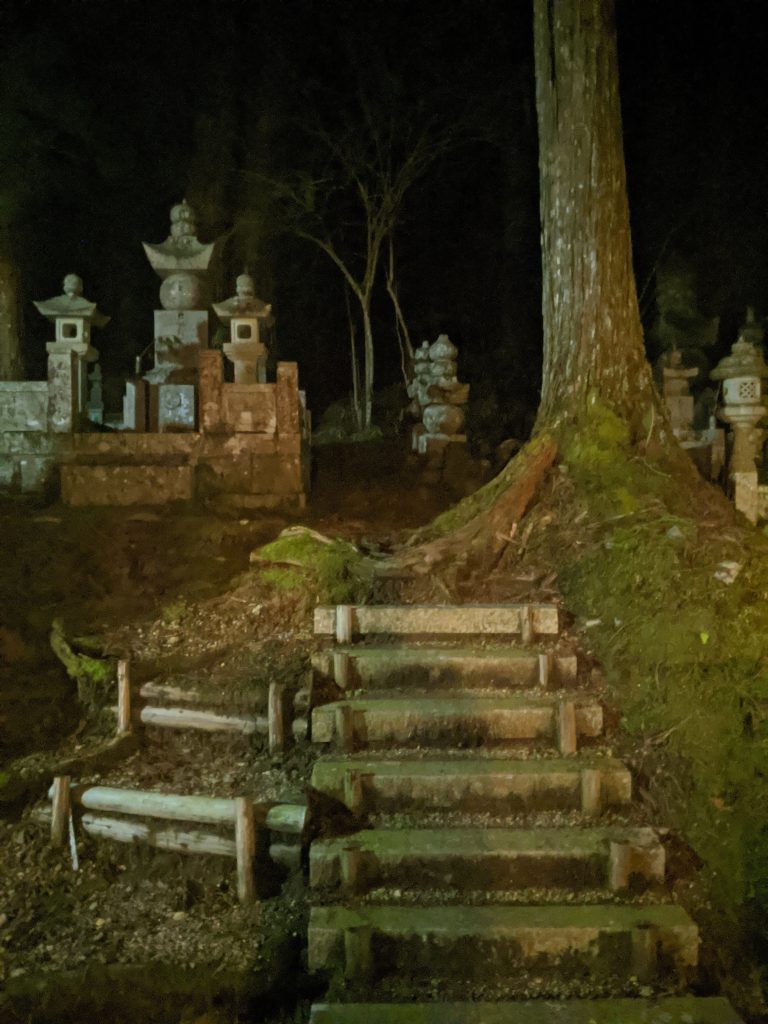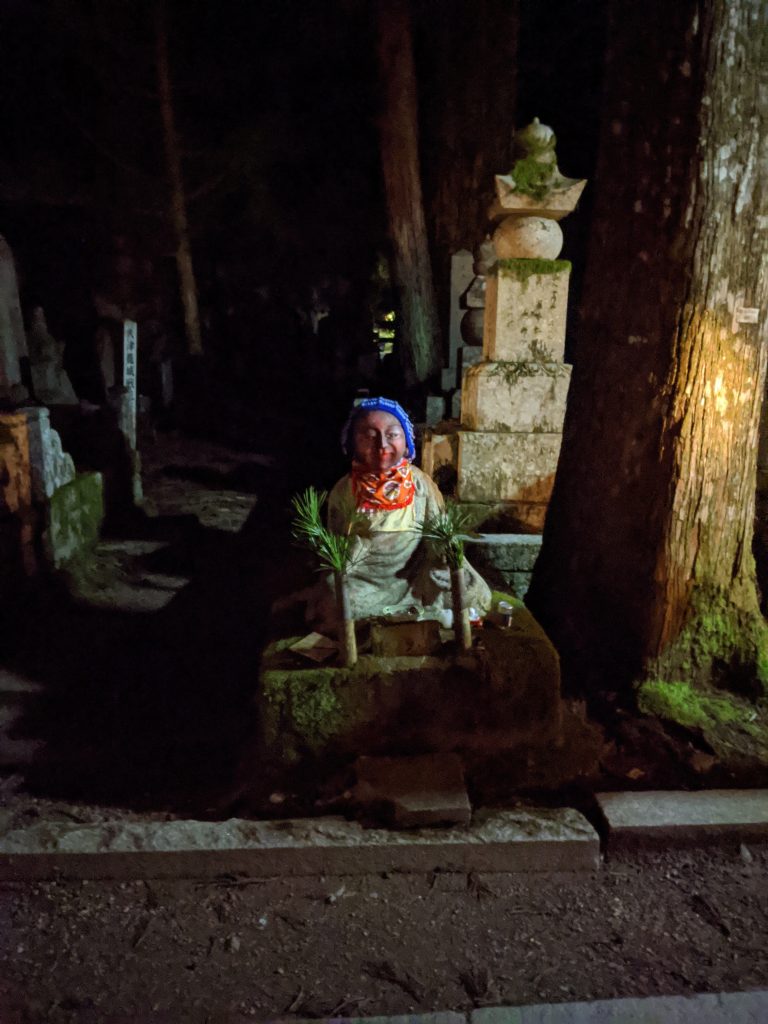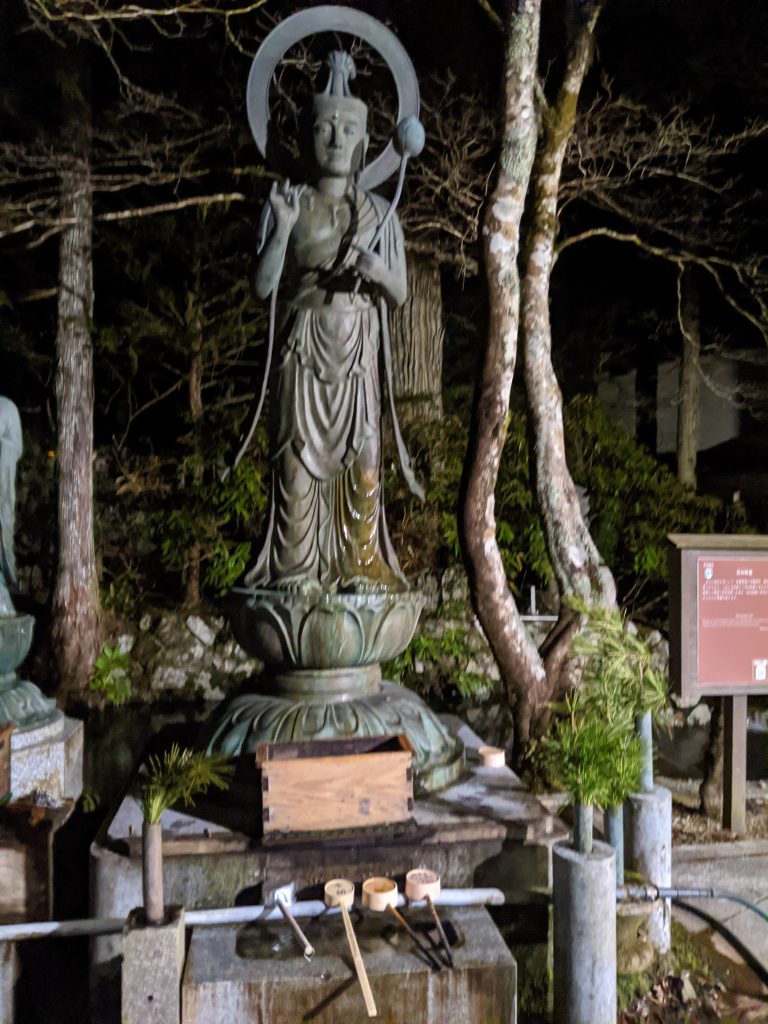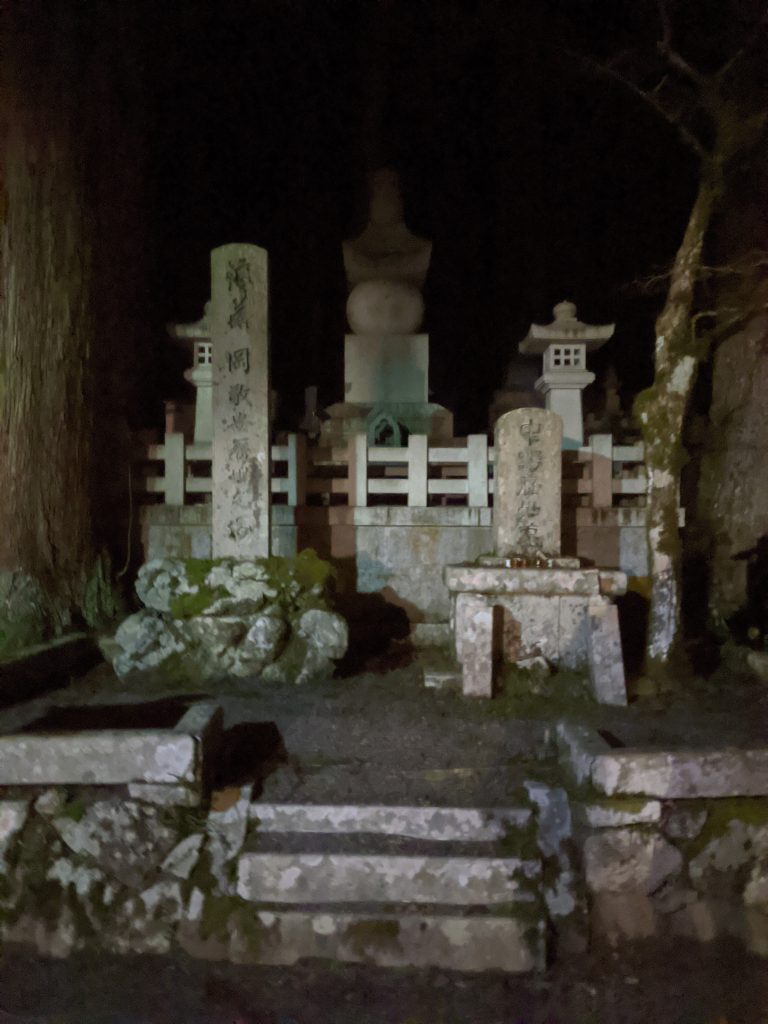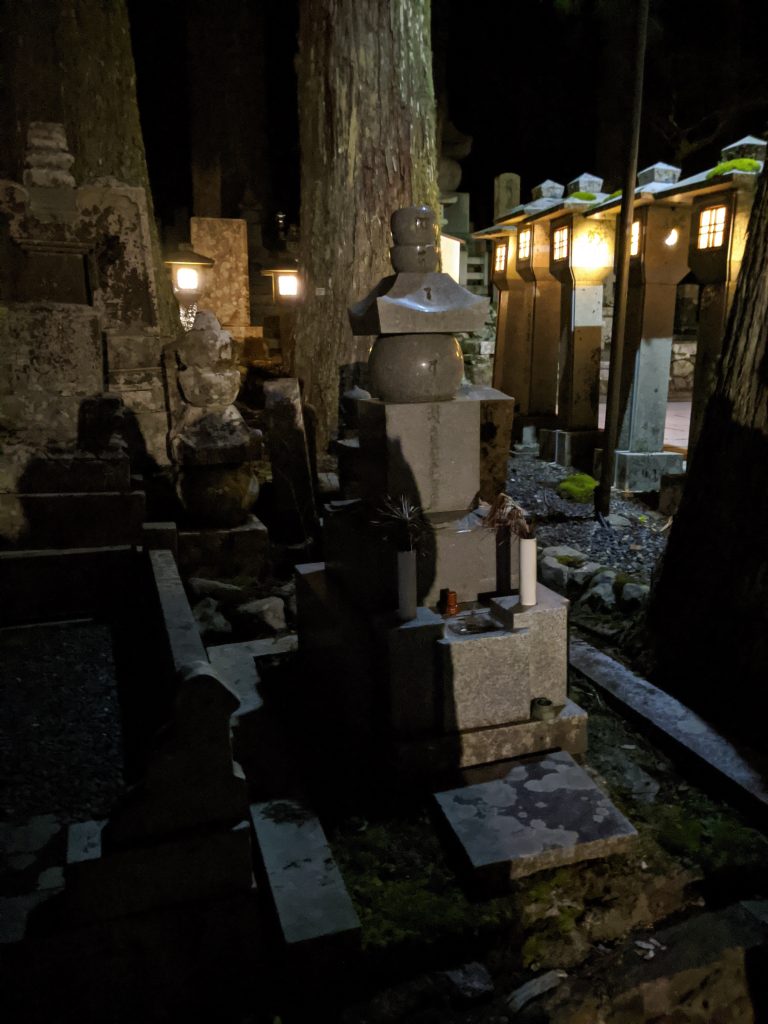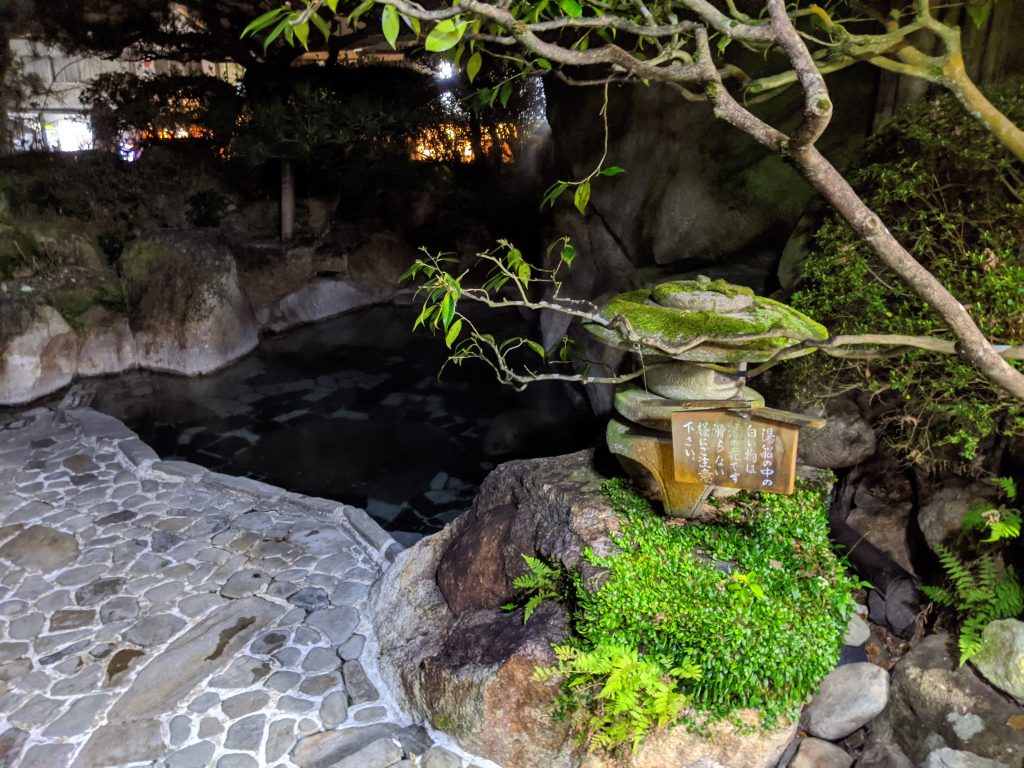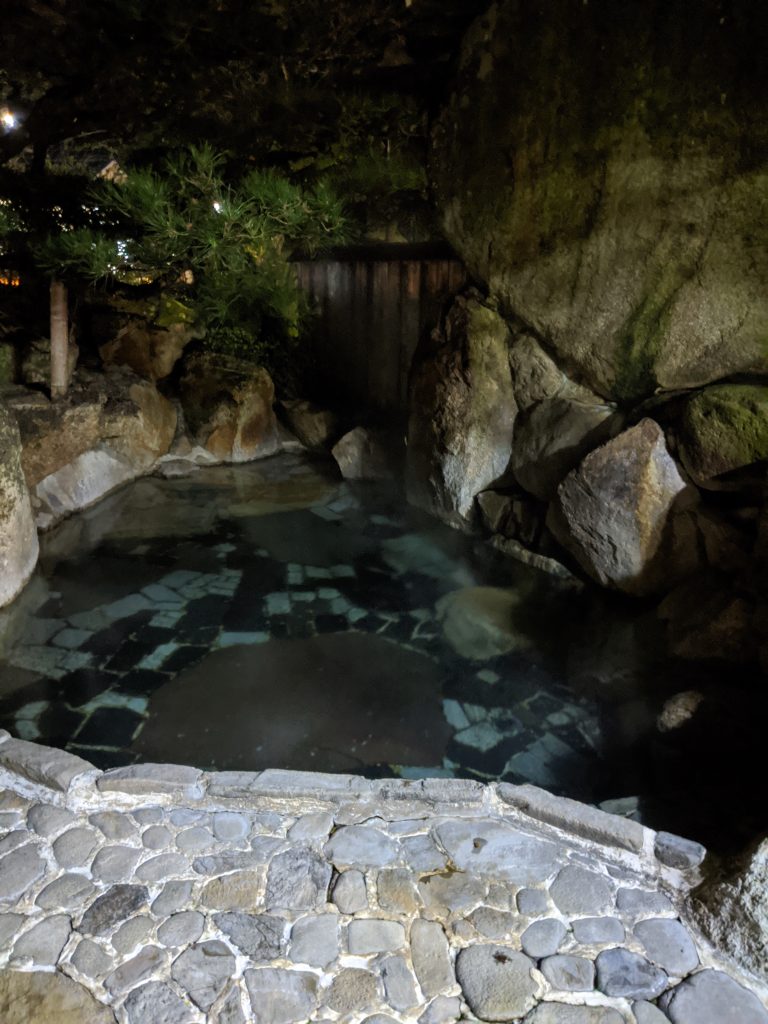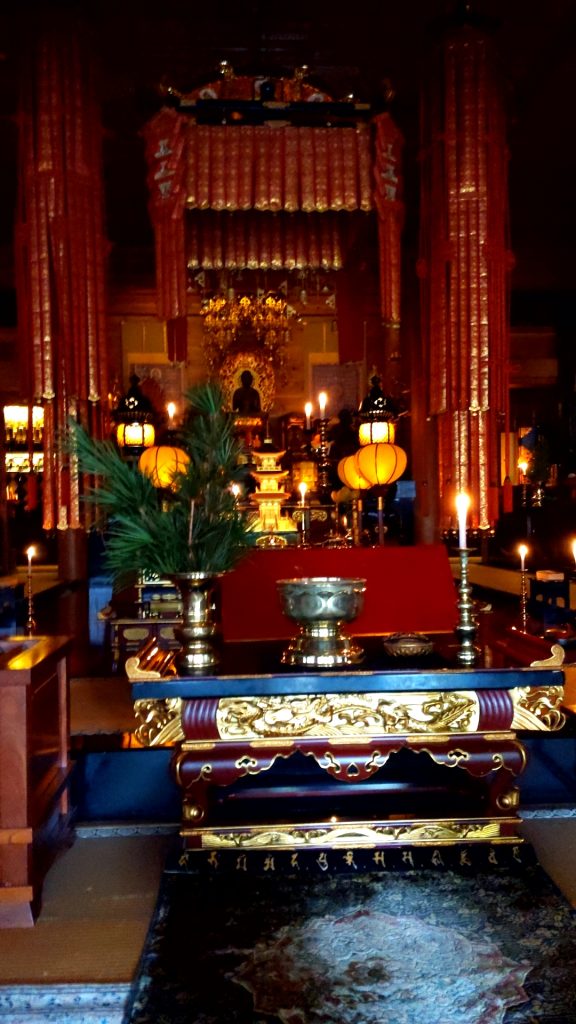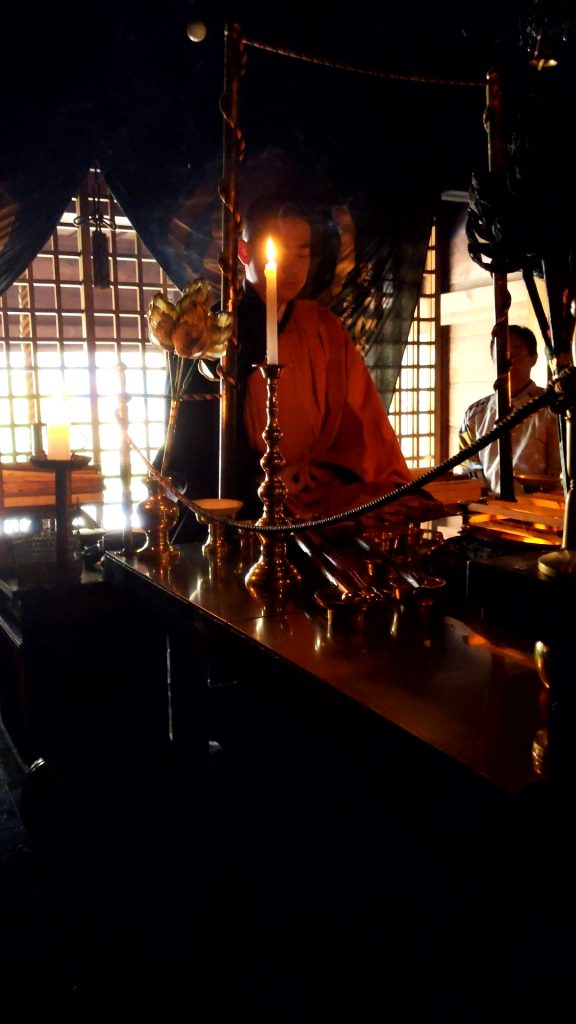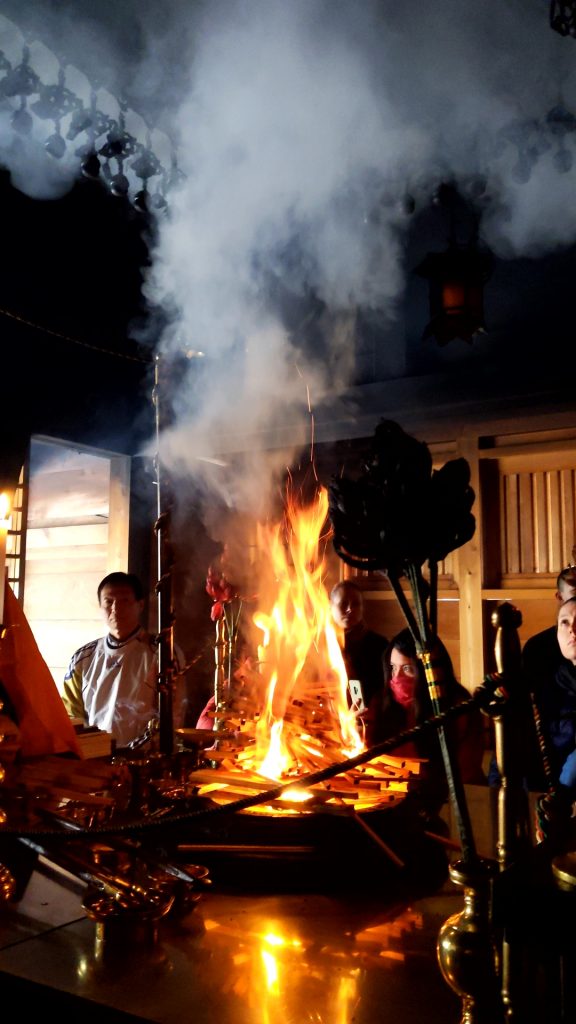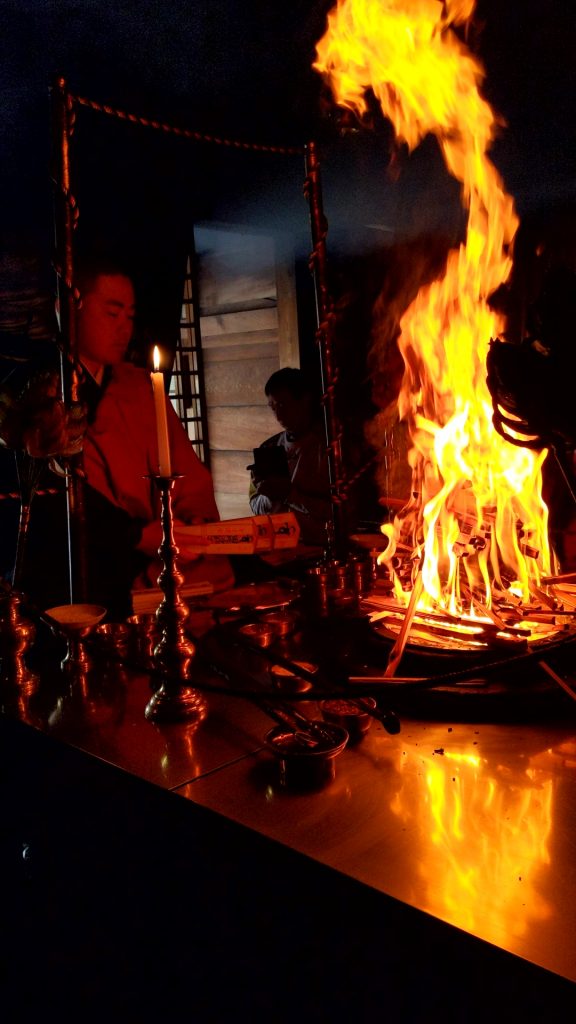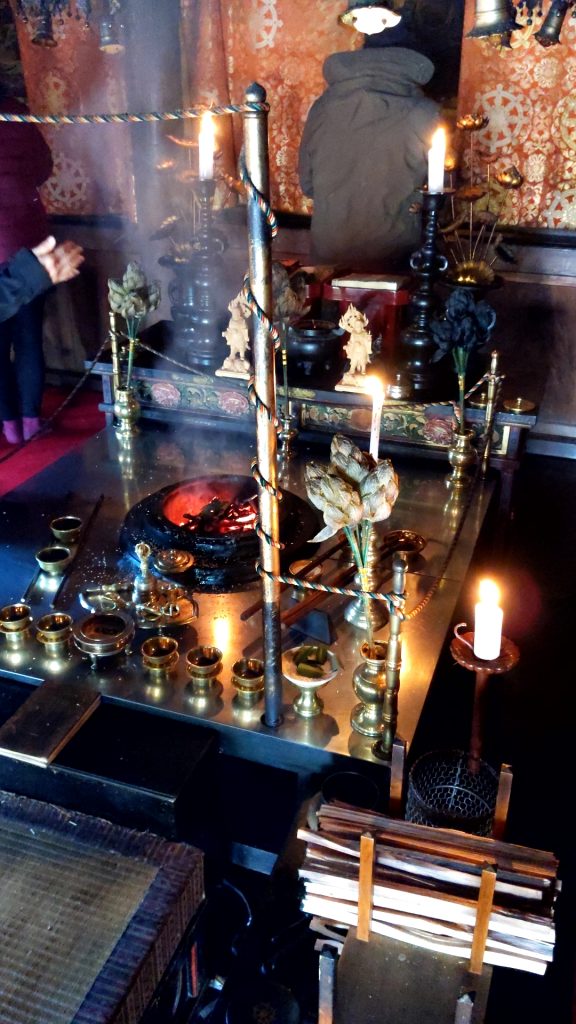My arrival in Japan was bumpy, requiring a layover in Thailand, and three separate medical screenings. Japan requires a ticket out of the country, and several weeks prior, I had booked a flight from Tokyo to Seoul, South Korea. The woman at the airport counter saw my ticket, and commented that I couldn’t possibly mean to go there, as the city was all but closed down due to COVID-19. I assured her I would book a new flight out after arriving in Japan, but that travel plans were too up in the air for the time being. This proved to be a sufficient explanation.
When I arrived at Osaka airport, I was so thankful to be there. I loved my time in Southeast Asia, but after months of exploring the unknown, the foreign, the unfamiliar, I was very happy to be back in Japan. It was my fourth visit to the country, and it was a luxury to not have to relearn how to take the train, basic vocabulary, etiquette, etc. As I walked through the streets of Osaka to my hostel, I felt my stress melt away.
Myanmar felt very closed off from the rest of the world, so when I arrived in Japan, I expected things to be very different due to COVID-19. The US had just closed its borders to parts of Europe, and I was thankful to have gotten into Japan before they did the same. I figured if I was going to get stuck somewhere in Asia, I’d prefer it be here.
Other than the temperature checks, things in Japan seemed…normal. I had half expected to arrive at a closed-down city, with people shut inside, but this wasn’t really the case. Restaurants were still open, karaoke bars still blasting J-Pop through the alleys. People were wearing masks, but that’s pretty par for the course here. There were far fewer tourists than I’m used to, especially so close to Cherry Blossom season, but otherwise, everything felt eerily normal.
For dinner that night, I found a make-your-own-takoyaki (fried octopus balls) bar stand. A local helped show me what I was supposed to do and what toppings to add. Not the most healthy meal but definitely a lot of fun and very tasty. A group of Canadians wandered over and we all spent the night eating fried octopus and drinking Japanese beer. I had to be up early the next day for my overnight temple stay, so I said goodnight too soon. It was nice to know that even with a looming pandemic, Japan was as welcoming as ever.
The next day, I left the city and headed for rural Japan, a 2.5-hour journey that to my stay at Eko-In temple in Koyasan, Wakayama. The thousand-year-old Buddhist temple offers lodging to locals and foreigners alike looking to learn what a day in the life of a monk was like. The temple features traditional, Ryokan-style rooms, vegan meals, and public baths with water from the local hot spring.
To get there was a journey. I took a bullet train, then a normal train, where I misread the signs (my Japanese is a bit rusty) and got off a stop early. The train only comes once every few hours so I really didn’t want to wait around. A conductor who also got off the train could tell I was a bit lost. He handed me a paper map of the area which showed I was only a thirty-minute walk from the cable car I needed to take up the mountain. I dropped off most of my luggage at a locker in Osaka and only had my smaller backpack so I didn’t mind the walk.
One oversight I had on this trek was the oversight of packing for the altitude – the weather was quite cold, and I hadn’t packed my hat or gloves as it had been warm in Osaka. Thankfully, the walk kept me warm, but I was thankful for the lesson for my upcoming hike in a few days. I made it to the cable car, took a bus into town, and finally made it to the temple.
If it took me three days to get there, it would have been worth it. One of the monks greeted me and showed me to my room – a traditional Japanese-style space complete with beautiful paper walls, a tatami mat, and a Yukata robe to wear to the bathhouse.
After settling in, I joined a few other foreigners who were staying there to learn about Zazen meditation. It involves sitting with your legs crossed in Burmese position and keeping your eyes half-open – partially present in this world and partially focused inward. I found it much more difficult than meditating with my eyes closed.
Dinner itself was an event. There was so much food, and it just kept coming. The meals were all vegan, but I honestly couldn’t tell you what it all was other than it was delicious.
After dinner, a monk guided us through Okunoin Cemetery, one of the largest, oldest, and most haunted cemeteries in Japan, complete with all the superstition and lore you would expect in such a place. The cemetery is about twelve hundred years old, with over two hundred thousand gravestones leading the way to the mausoleum of Kobo Daishi, the founder of the cemetery. It is believed that he is not dead but has spent the last thousand years in mediation. Thousands of lanterns are lit each night around the mausoleum, but photos are not allowed in this area out of respect. I wandered through it briefly during the day, and it was quite beautiful, but it really needs to be seen at night to get the full experience.
Since I wasn’t dressed for the weather, I was freezing after the cemetery tour. I took a long dip in the tub of the bathhouse outside before bed. When I arrived back at my room, my table had been pushed aside and my (very comfortable) futon had been made on the floor. The room was cold, no doubt a result of the large windows, but the small heater made for the perfect cozy atmosphere for the night.
Each morning, a Goma Fire Ritual is performed, a ceremony specific to Esoteric Buddhism that is believed to have a powerful spiritual cleansing effect. The fire symbolizes Buddha’s wisdom and the sticks used for kindling symbolize human desires, the root of our suffering.
After a blissful night at Eko-in, I headed back to Osaka to prepare for my four-day-long hike on the Ancient Pilgrimage along the Kumano Kodo Trail.
